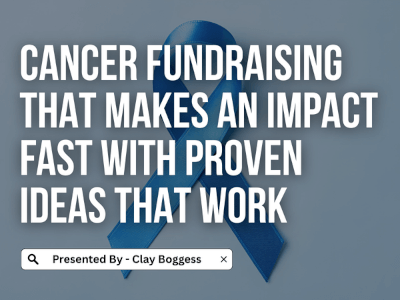
How to create an effective seller information letter.
Every school fundraiser should include a participant letter that contains only your 'need to know' information. Your letter should be seen as a resource to help make the fundraising process go smoothly for everyone involved. It should summarize the most vital information that people can reference as needed.
Participant letters are also supposed to be welcoming and inspire people to want to get involved. And probably most important, they should be simple and easy to follow. With it, you'll be able to sleep better at night. Without it, you would probably be inundated with lots of redundant questions.
Only Include Important Fundraising Information
Avoid making your participant's letter busy with lots of details. This can lead to a more cluttered look, and pertinent information about your school fundraiser can easily be missed. Plus, if your letter looks too busy, your participants will be less apt to want to read it.
All participant letters should include you:
- Fundraiser Purpose: Why are you having a sale?
- Participant Goal: Let everyone know how much you expect them to sell.
- End Date: Participants must know when order forms and money are due.
- Group Name: Who should buyers make checks payable to?
Learn more about participant letters.
List your Items in Order of Priority
List your most important items at the top and work down. Start by putting an attention-getter at the top who addresses your participants directly. Let them know the fundraiser starts as soon as they read the letter. You'll also want to summarize what you're selling and why.
Make sure to include procedural steps that you want your participants to follow, then wrap up the letter by including information about your prize incentives and what participants can win.
Offer a Bilingual Participant Letter
Depending on your area, you may have people who may prefer to read your participant's letter in a different language. Offering it in English only is definitely more accessible and will probably look more presentable; however, you don't want to have missed opportunities just because some people couldn't read your letter.
Author Bio
Clay Boggess has been designing fundraising programs for schools and various nonprofit organizations throughout the US since 1999. He’s helped administrators, teachers, and outside support entities such as PTAs and PTOs raise millions of dollars. Clay is an owner and partner at Big Fundraising Ideas.



